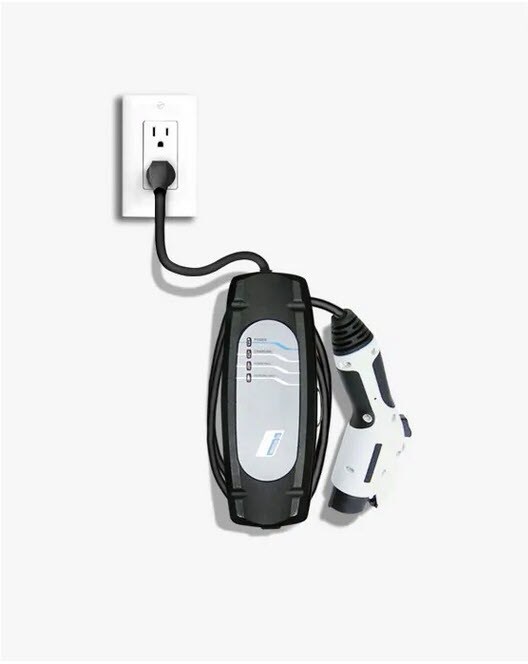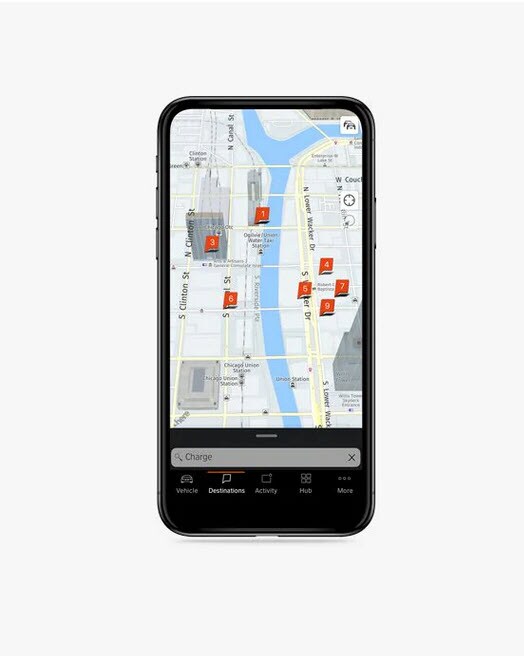
THE PLUG-IN HYBRID WITH MORE.
| PLUG IN HYBRID MODELS | STARTING MSRP |
| BMW X5 | $63,700 |
| BMW 3 SERIES | $42,950 |
| BMW 5 SERIES | $55,550 |
| BMW 7 SERIES | $95,900 |


| PLUG IN HYBRID MODELS | STARTING MSRP |
| BMW X5 | $63,700 |
| BMW 3 SERIES | $42,950 |
| BMW 5 SERIES | $55,550 |
| BMW 7 SERIES | $95,900 |

 | A DIGITAL LINK. Stay connected to your plug-in hybrid at all times with your BMW Connected app, where you can manage charging status, locate charging stations, monitor your electrical consumption, and more right from your phone. |
ELECTRIC BY DESIGN. View information like charge status, full-electric or combined driving ranges, electric motor output, and more in an exclusive style with the hybrid-specific Digital Instrument Cluster. |  |
 | COMPATIBLE WITH ANY OUTLET. Catch a charge at any power outlet with the Occasional Use Cable, included as standard with every BMW plug-in hybrid. |
| OPTOMIZED CHARGING AT HOME. Install a BMW i Wallbox in your home for fast charging between daily drive. |  |
 | ON-THE-GO CHARGING. Access more than 35,000 Level 2 chargers nationwide which you can locate in the vehicle navigation or the MyBMW app. And with the BMW TwinPower Turbo engine, you can be assured that your plug-in hybrid has the range to get you where you want to go. |
Cost-cutting benefits.
Owning a BMW plug-in hybrid comes with many financial incentives. You may be eligible for federal tax credits of up to $7,500, in addition to other state incentives such as rebates, tax credits, and grants. You could also save up to $1,500 in fuel costs within five years.
Tax credits may be complex and are subject to change without notice. While BMW of North America, LLC does its best to keep this information up-to-date, it cannot guarantee the current accuracy of your eligibility. We recommend consulting a tax professional to validate credit availability and eligibility. Tax credits are not available on lease transactions.
Fuel savings are based on annual fuel cost calculation between 2020 BMW 330i and 2021 BMW 330e by the EPA and U.S. Department of Energy. Prices at time of calculation (February 2020): $3.10/gallon of premium grade gasoline (national average) and 13 Cent/kwH electricity (national average). Savings and fuel consumption may vary based on vehicle, share of miles operating on electricity, driving style, driving conditions, fuel and electricity costs, accessory use, and ownership length. To compare your vehicle to a BMW PHEV, go to fueleconomy.gov.

BMW plug-in hybrid electric vehicles combine the
conventional BMW TwinPower Turbo combustion engine with an electric motor. This
dual-drivetrain system works together to reduce exhaust emission and provide
potential fuel savings without restricting range. Intuitive drive modes
automatically optimize efficiency by selecting the ideal combination of
electric and gas power on drives of any length. You can also choose to drive in
all-electric mode within a certain range, or with the convenience of the
combustion engine like a conventional BMW.
A plug-in hybrid electric vehicle carries a larger battery
than hybrid vehicles that cannot be plugged in. The larger battery size enables
plug-in hybrids to operate in all-electric mode without engaging the combustion
engine within a certain range and speed. The batteries in plug-in hybrids can
be charged using a standard 120V household outlet, or a more powerful 240V
outlet found at a public charging station or in the available BMW i Wallbox. In
addition, the driver also has the option of using the combustion engine in tandem
with the electric motor or independently.
A hybrid vehicle, by contrast, cannot be changed from an
external power source – they rely on energy generated from gasoline or
regenerative braking. This limited power supply is not designed to support all-electric
driving, and the smaller battery delivers fewer of the efficiency benefits of a
plug-in hybrid electric vehicle.
A mild hybrid electric vehicle (MHEV) is powered by a
combustion engine supported by a 48V electric motor integrated into the drivetrain.
While MHEVs cannot be driven on full electric power, the electric motor assists
the combustion engine in certain situations – as a starter for seamless Auto
Start/Stops, while accelerating from a standstill, or when you need extra
eBoost acceleration as you drive. Mild hybrid technology optimizes efficiency
and performance while increasing overall comfort for the driver.
The electric range of a plug-in hybrid vehicle depends on the size of the battery, as well as the vehicle weight, aerodynamics, and tire type. In the case of 2020/2021 BMW plug-in hybrid electric vehicles, the EPA-rated electric ranges are:
The combined driving range when engaging both the electric
motor and the BMW TwinPower Turbo engine is significantly higher and can be
optimized based on driving and charging behavior.
Charging the battery of your plug-in hybrid vehicle is
highly recommended to maximize efficiency and power. Without charging, all-electric
driving will be limited, and power reserves for the eBoost function will be
much lower. For optimized efficiency, BMW recommends regular charging
overnight.
BMW plug-in hybrids can also charge while driving.
Regenerative braking allows the plug-in hybrid to regain part of its energy. In
addition, charging can also take place during the journey with the function
known as Battery Control Mode. This mode maintains the charge of the
high-voltage battery constantly at the desired level or increases it to the
preset value, by having the electric motor function as a generator. In this
way, for example, it is possible to use Battery Control Mode during a drive on
the highway to protect or even increase the electric power reserves so that a
subsequent urban route can be covered with electric driving and without any
local emissions.
Even if you don’t have time to catch a charge, your PHEV
will still get you where you need to go. When the battery is fully discharged,
the BMW TwinPower Turbo engine automatically takes over.
Many drivers can save money through owning a plug-in hybrid
vehicle with financial benefits such as potential fuel savings and federal tax
credits. Furthermore, state incentives like tax credits, grants, rebates, and
more are available depending on your eligibility. View federal tax credits and
explore additional state benefits.
In addition to cost-cutting incentives, you can also receive
preferential parking while charging your plug-in hybrid and access to HOV lanes
with a single occupant in select states.
BMW plug-in hybrid vehicles, including their high-voltage
components, do not require any special or scheduled maintenance outside of the
factory-scheduled maintenance recommended for all new BMW vehicles. In
addition, BMW of North America, LLC (BMW NA) provides a warranty for the
high-voltage lithium-ion battery assembly against defects in materials or workmanship
for a period of 8 years/80,000 miles, whichever occurs first. Refer to the
Service and Warranty page for more information based on PHEV models.
For all recommended factory-scheduled maintenance, BMW
offers the comprehensive BMW Ultimate Care program at your authorized BMW
Center, which guarantees no-cost maintenance for the first 3 years after
purchase.
* Indicates a required field